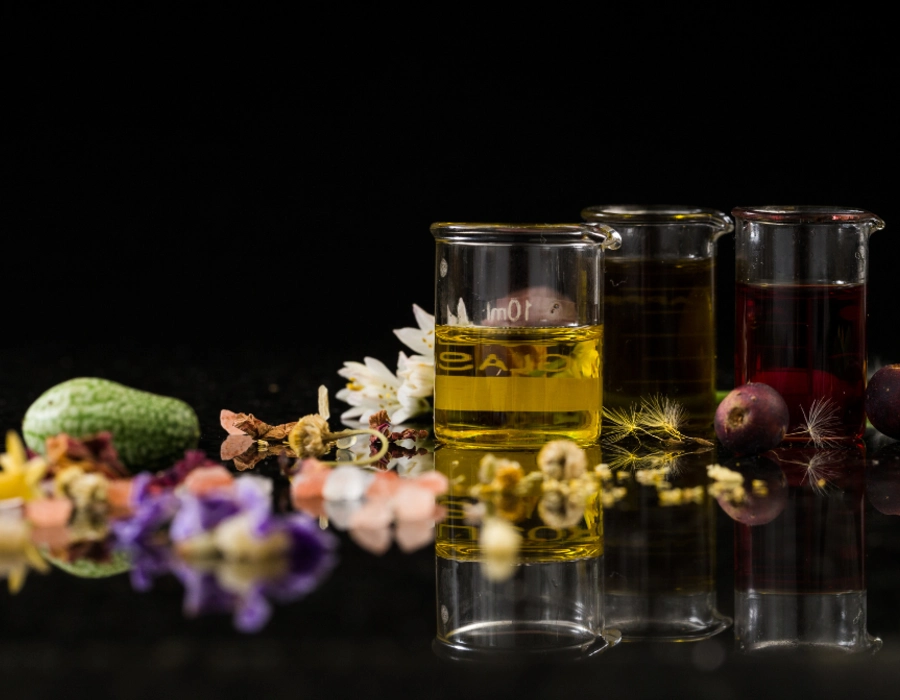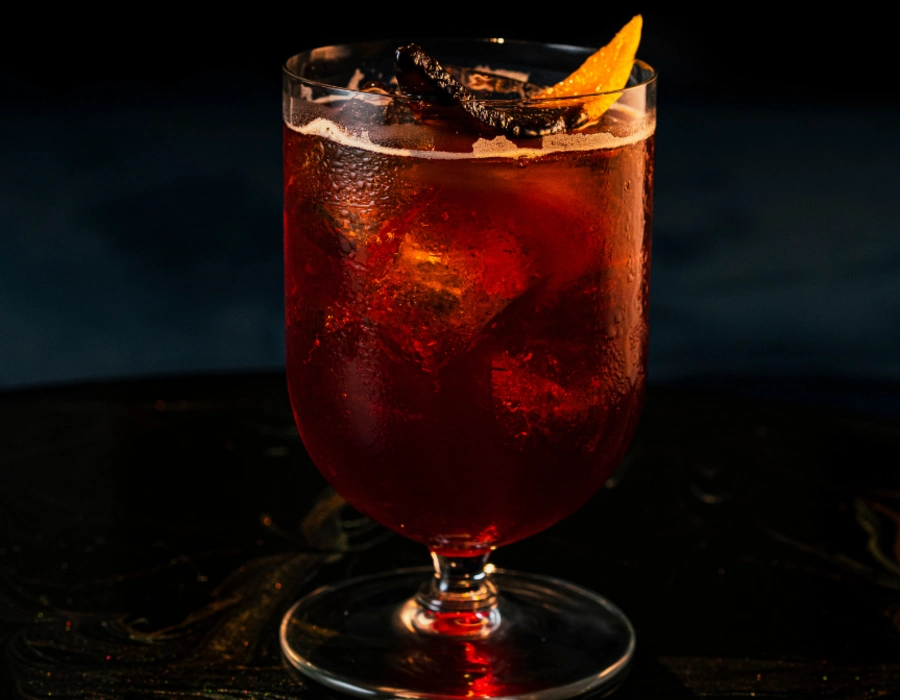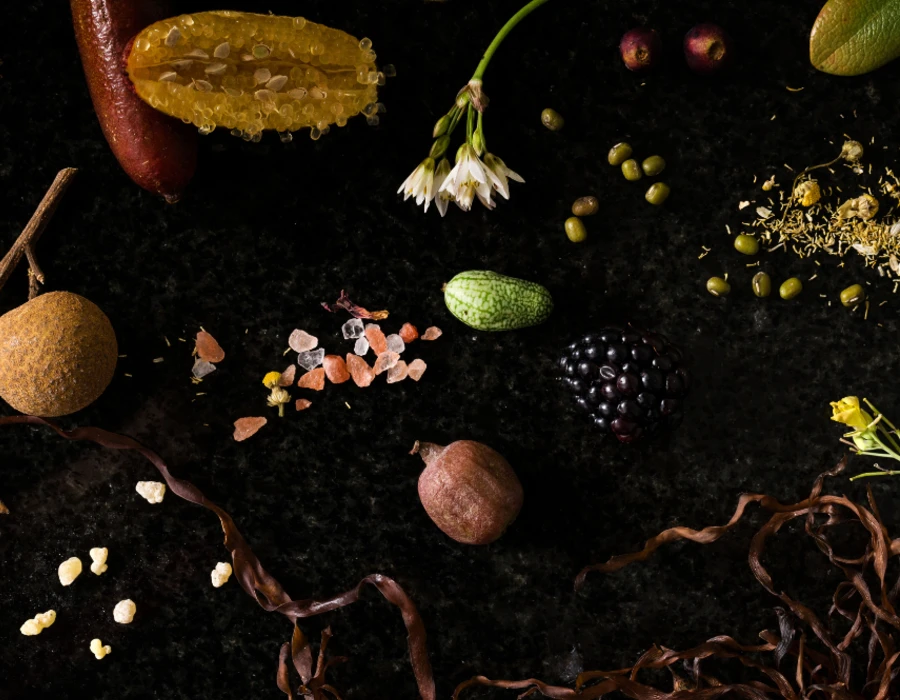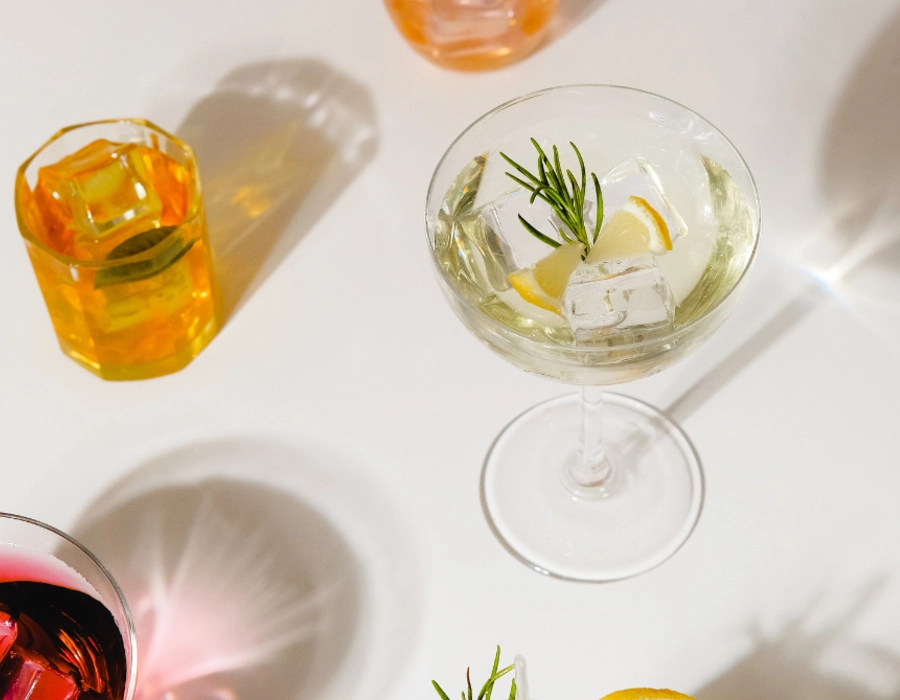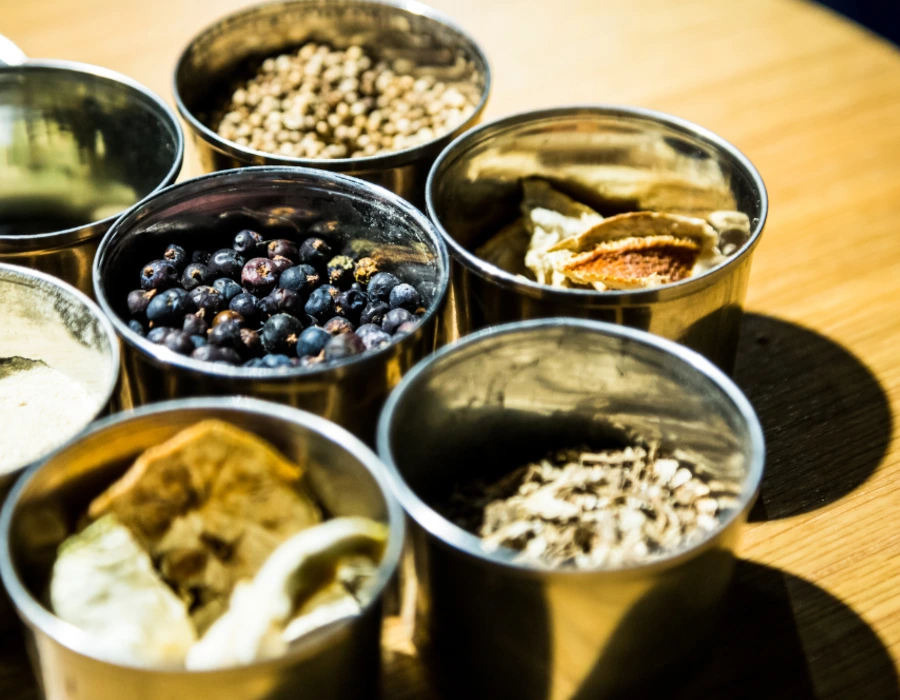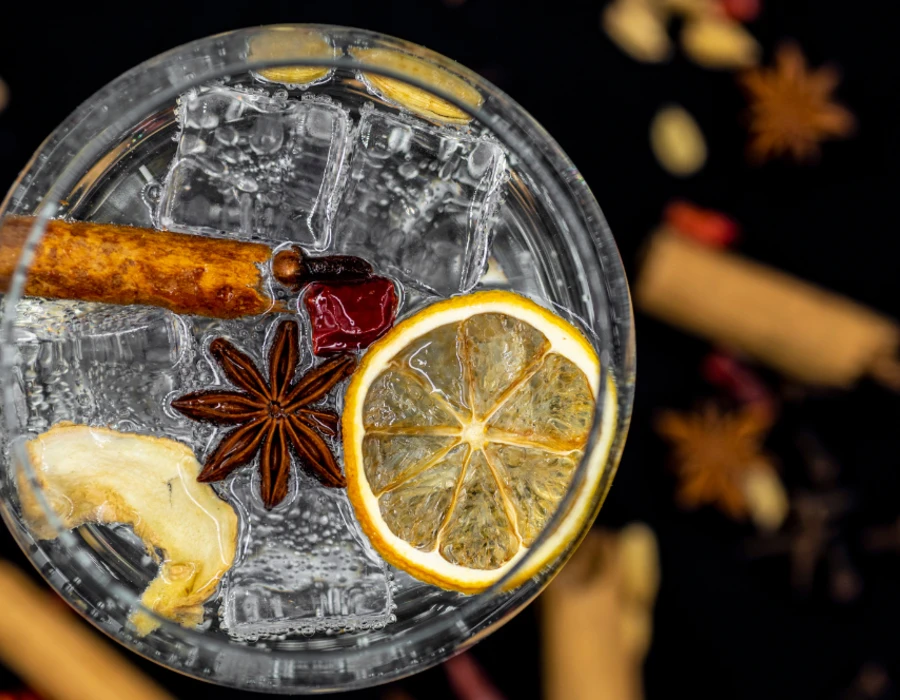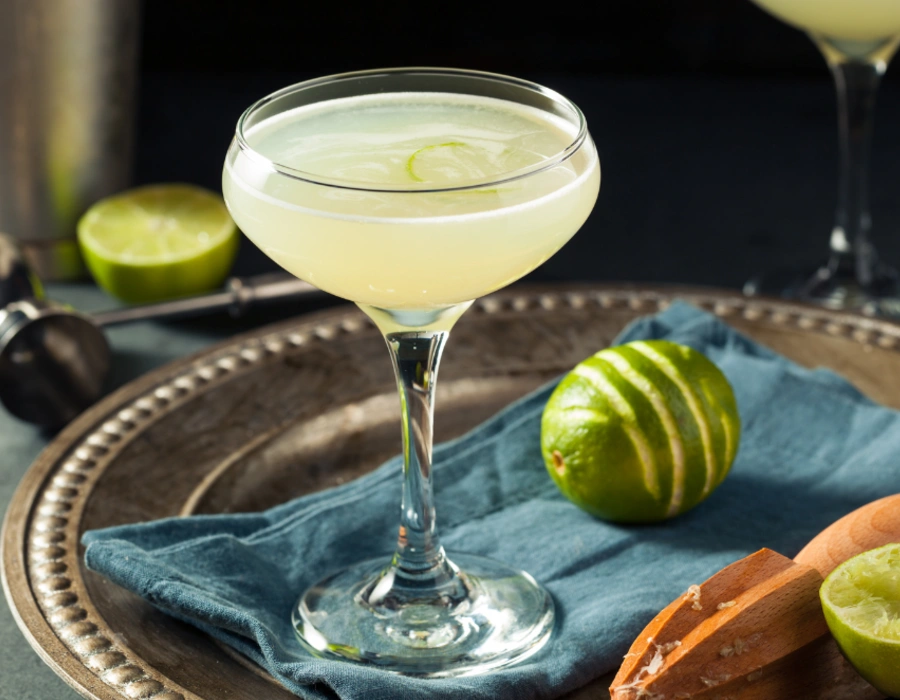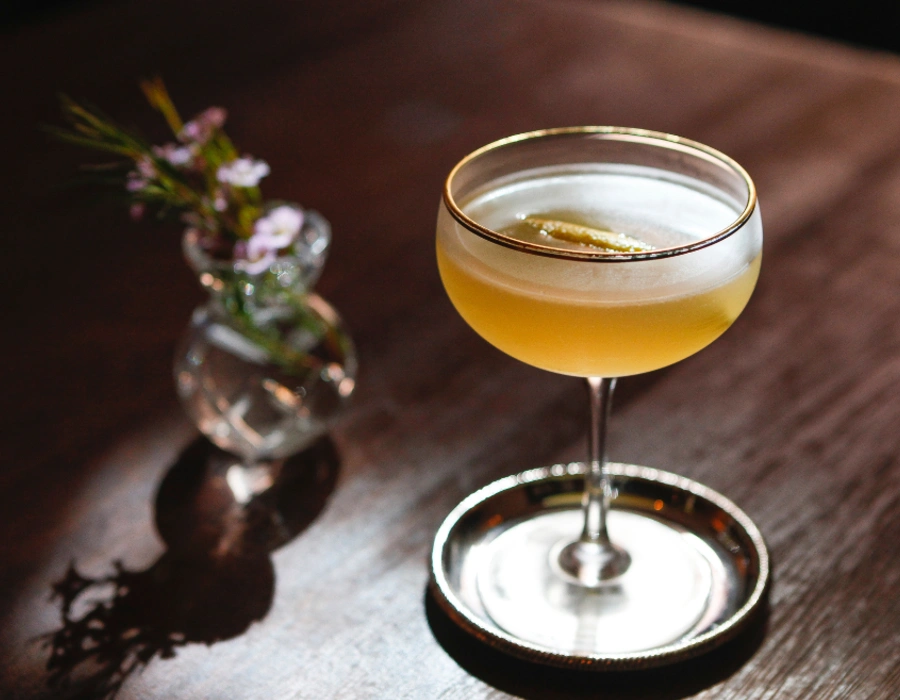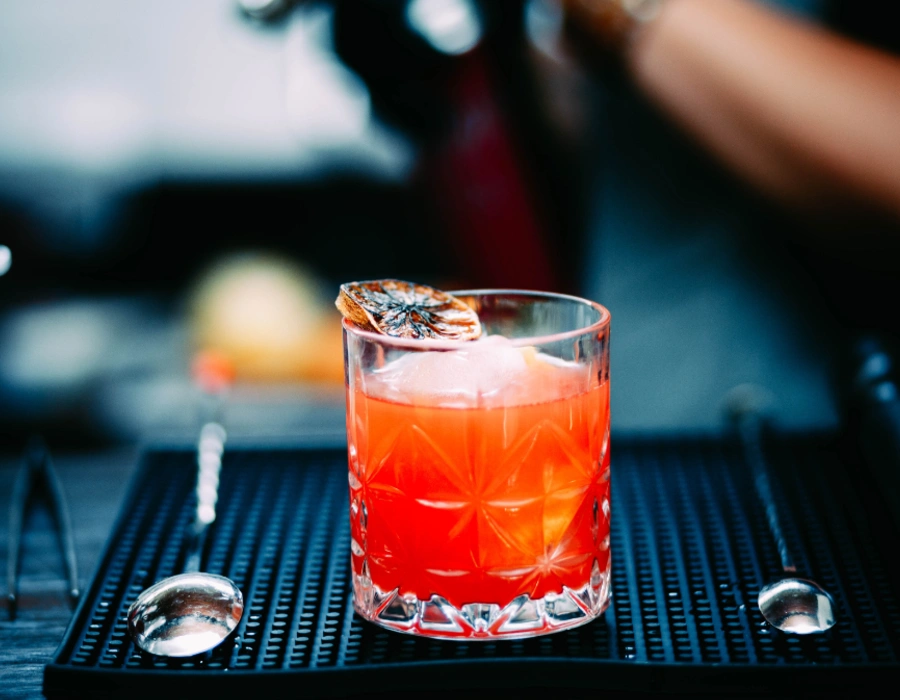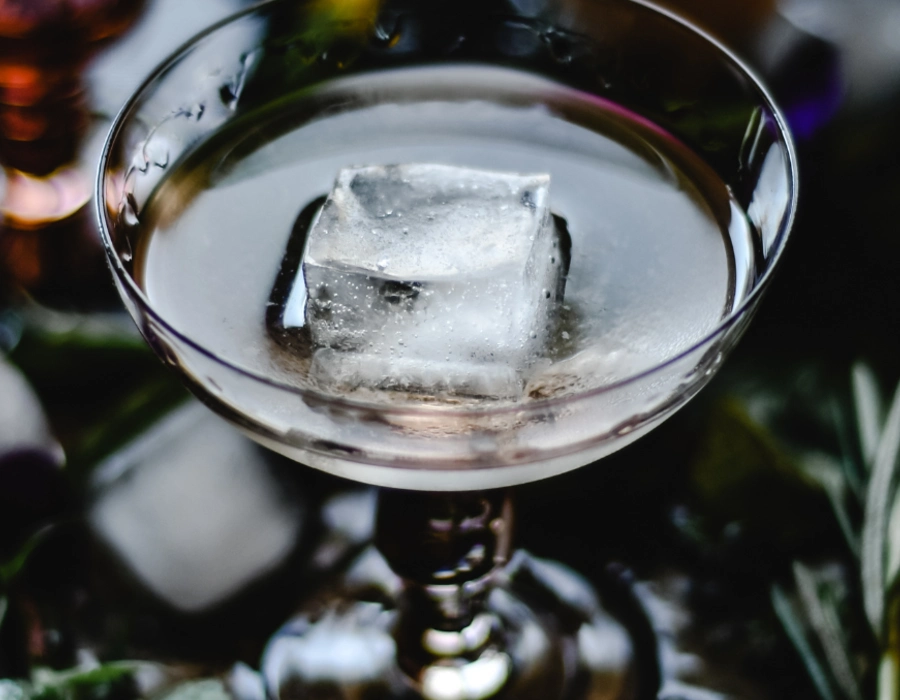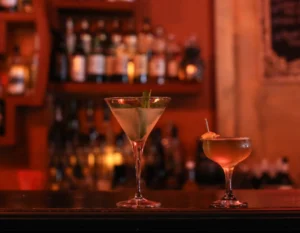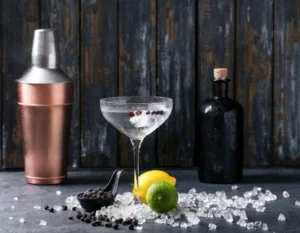Botanists, your time has come. Gin isn’t just the clear stuff we pair with tonic anymore—it’s a complex, aromatic spirit that’s fully bloomed. From trendy cocktails to top-shelf sippers, botanical gin is redefining what it means to drink with flavor. And at Hush and Whisper Distilling Co., we’re all in.
Our award-winning gin isn’t made on autopilot. It’s a blend of roots, herbs, peels, and seeds that come together like a perfect chord. So what actually goes into a bottle? Let’s crack it open.
What Are Gin Botanicals?
Botanicals are the plant-based flavor builders behind every bottle of gin. We’re talking juniper berries, coriander seeds, angelica root, orris, lavender, orange peel—you get the picture.
By definition, gin must be flavored predominantly with juniper to legally qualify as gin. But from there, the flavor world opens up. Whether steeped, vapor-infused, or distilled alongside the base spirit, these ingredients are what transform a neutral grain spirit into a bright, complex pour.
How Botanical Gin Is Made
There’s more than one way to infuse botanicals into a spirit, but at Hush and Whisper, we use vapor infusion. Picture this: heated alcohol vapor rises through a basket packed with botanicals, gently pulling oils and flavors into the spirit without boiling the herbs into bitterness.
It’s slow. It’s deliberate. And it’s how we preserve the nuance in every single layer—from that first citrusy nose to the lingering herbaceous finish.
This process is how we create the magical blend that keeps gin lovers coming back.
Botanical vs. Dry Gin: What’s the Difference?
London Dry Gin set the standard: crisp, clean, and juniper-forward. Botanical gin, especially American botanical gin, takes that blueprint and turns up the volume. Expect a wilder profile—lavender, fennel, citrus zest, maybe even basil or cardamom.
Dry gin keeps it classic. Botanical gin is the one your favorite bartender reaches for when they want to impress a guest with something vivid and unexpected. It’s a perfect blend of tradition and creativity.
The Key Botanicals in Every Bottle
Ever wonder what gives gin its signature edge? It’s not just one ingredient—it’s a carefully chosen lineup of botanicals that turn neutral spirit into something layered, rich, and unforgettable. While the exact recipes vary between distilleries, most gins rely on a few foundational flavors that have stood the test of time.
Our distiller responded to that legacy by hand-selecting a blend that honors the classics while adding a fresh twist. These aren’t random herbs from your pantry—they’re traditional gin botanicals with deep histories, many of which once appeared in old-world remedies, perfumes, or even spirits like absinthe and sherry.
Here’s what you’ll often find in gins crafted to serve complexity, character, and clarity in every sip:
Juniper: The Signature Note
That piney, forest-floor aroma? That’s juniper. No juniper, no gin. It’s the anchor, the rule, and the aromatic handshake of the category.
Angelica Root: The Earthy Binder
Gives body and balance. Without it, lighter notes like citrus and floral tones would float off the palate too quickly.
Coriander & Fennel: The Herbal Twist
Coriander adds citrus and spice; fennel delivers a touch of sweet licorice and depth.
Orris Root: The Aroma Fixative
This dried iris root acts like a botanical glue—helping the other aromas hold together while adding a soft floral character of its own. Some say it smells like perfume, others say “violet candy.”
Citrus Peels: The Zing
Lemon, orange peel, grapefruit—zest that punches up the brightness and adds backbone to refreshing cocktails.
Herbs & Spices: The Wildcards
Lavender, basil, cardamom, even cinnamon—each adds its own spin, keeping the taste experience layered and dynamic.
Why Gin Isn’t Aged (and Why That Matters)
Gin, unlike whiskey or brandy, doesn’t wait around in barrels for complexity—it gets its soul from the botanicals. That means no years of aging. No oak influence. Just tang that comes from fresh ingredients and skilled blending.
It’s what makes gin one of the most expressive spirits in the world—and a must-have for any gin drinker who values creativity over conformity.
Tasting Botanical Gin Like a Pro
Swirl and Smell
Start with the nose. Let the aromas rise and try to identify the botanicals. Are you picking up citrus? Herbs? Spice?
Sip It Neat
Take a small sip at room temp. Notice how the gin moves across your palate. Is it crisp and clean or floral and round?
Add Water or Ice
Even a splash of water can shift the flavor dramatically, muting harsh notes and revealing hidden layers. Ice cools it all down and adds another dimension.
Whether you’re comparing bottles or finding the base for your next martini, tasting mindfully turns good gin into a sensory adventure.
The Truth About Botanicals and “Health Benefits”
Let’s get this out of the way: gin isn’t kale. Yes, the plants used in gin were once steeped into teas or tinctures for everything from digestion to sleep. But when we talk about wellness, we’re here for flavor—not snake oil.
That said:
- Juniper has a history in digestion tonics
- Fennel and coriander show up in herbal medicine cabinets
- Lavender and chamomile have long been used to relax the nerves
Hush and Whisper Gin might not be health food—but it is centuries of botanical tradition in a glass. And that’s something worth sipping on.
Around the World in Four Botanical Cocktails
Gin cocktails don’t belong to one tradition. They pull from gardens, spice markets, and coastline groves across the globe. Whether you’re after something refreshing, savory, or floral, there’s a pour for every kind of gin enthusiast.
Let’s take your taste buds on a trip.
Japanese Garden (Japan)
- 2 oz botanical gin
- 1 oz dry vermouth
- 1 oz cucumber juice
- 2 oz soda water
- Garnish: shiso leaf + cucumber ribbon
Why it works: Clean and green with a crisp, umami finish. This is the cocktail equivalent of a zen garden—calm, elegant, and fresh.
Herbal Mediterranean Citrus Tonic (Italy)
- 1.5 oz botanical gin
- 0.5 oz fresh lemon juice
- 0.5 oz basil-rosemary simple syrup
- Top with tonic
- Garnish: lemon peel + fresh basil
Why it works: Think summer in Amalfi. Bright citrus, herbal backbone, and just enough sweetness to make it sing. Great with seafood or sunshine.
South African Fynbos Fizz (South Africa)
- 2 oz gin
- 0.75 oz grapefruit juice
- 0.25 oz sugar syrup
- Dash of bitters
- Top with sparkling water
- Garnish: edible flowers or dried herbs
Why it works: Inspired by the wild florals and shrubs of the Cape, this bubbly mix brings nature’s chaos into your glass—in the best possible way.
Amazon Verde (Brazil)
- 2 oz gin
- 0.5 oz lime juice
- 0.5 oz sugar cane syrup
- Splash of dry vermouth
- Garnish: mint + lime wheel
Why it works: Earthy and electric. This one’s for those who want their gin cocktails to feel a little feral, a little tropical, and a whole lot refreshing.
Why We Craft It This Way
At Hush and Whisper Distilling Co., we obsess over every batch. Our vapor-infusion process preserves the beauty of each ingredient, from juniper to fresh lemon. We don’t rush it, and we don’t outsource it. Every bottle is made right here in Bryan, Texas, with obsessive attention to flavor and finish.
We’re not just bottling spirits. We’re bottling story, craftsmanship, and flavor.
Sip. Explore. Repeat.
A great gin isn’t just something you mix—it’s something you explore. Whether you’re stirring up a martini or building a globally inspired cocktail, Hush and Whisper Original Gin offers a complex, layered mixture worth savoring.
Come visit us in Bryan, Texas, or pick up a bottle near you. For every pour, there’s a new note waiting to be discovered.
Get in touch by giving us a ring at 979-393-9300 or send an email by visiting our contact page.

